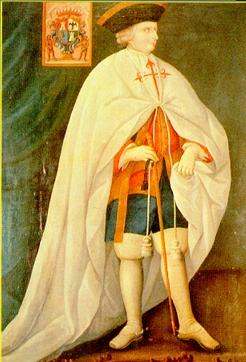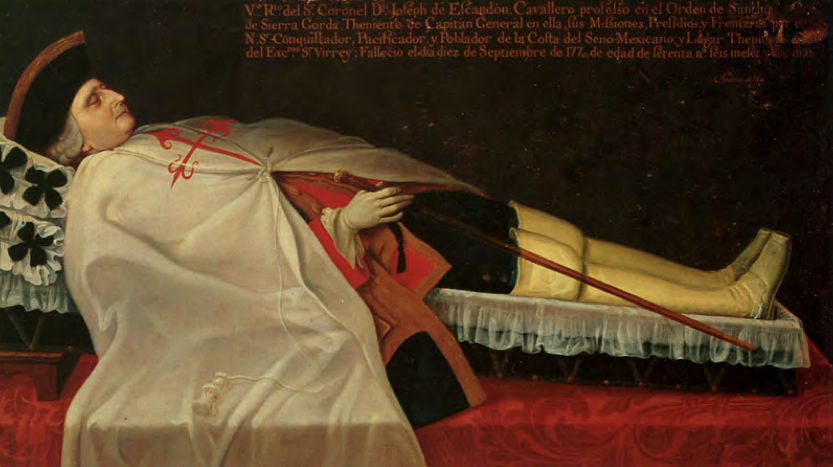Among those recruited as settlers in the new province were ranchers who already owned large herds of livestock but needed more grazing land. Those stockmen could have expanded on their own at any time, but it was risky to do so, and they would not have received subsidies or remission of taxes. Furthermore, those same ranchers not only had a high regard for Escandón but also recognized that the timing for expansion was right. The central government in Mexico City backed the enterprise, and it would make sure that governors in adjoining frontier provinces provided necessary cooperation….

Laredo, Texas as seen in 1892. Laredo was founded by Captain Don Tomas Sanchez de Barrera y Gallardo during the colonizing expedition led by Colonel Don José de Escandón.
The colonizer then went to the eastern slope of the Sierra Gorda. There in mid-May he established Villa Santa Bárbara, which already had a few families in residence. With the founding of this settlement, Escandón had “completed the pacification of the southern Sierra Gorda.”…
The specific plan submitted by Escandón to the junta in 1748 had called for fourteen settlements in Nuevo Santander [this included parts of Texas south of the Nueces River], and within six months of his expedition’s departure from Querétaro, thirteen had been established with plans for accompanying missions….
Recognizing the merits of Escandón’s accomplishments, the viceroy commended him to the king. Subsequently, in October 1749, just one year after the colonizer had left Querétaro to embark on his great venture, Ferdinand VI granted don José the titles of Count of Sierra Gorda and Viscount of the House of Escandón. The crown expressly stated that the pacification of hostile Indians in northern Mexico, the exploration of the Costa, and the colonization of Nuevo Santander had earned him those honors.
Donald E. Chipman and Harriett Denise Joseph, Notable Men and Women of Spanish Texas (Austin, University of Texas Press, 1999), 132-5.
Short Stories on Honor, Chivalry, and the World of Nobility—no. 328











